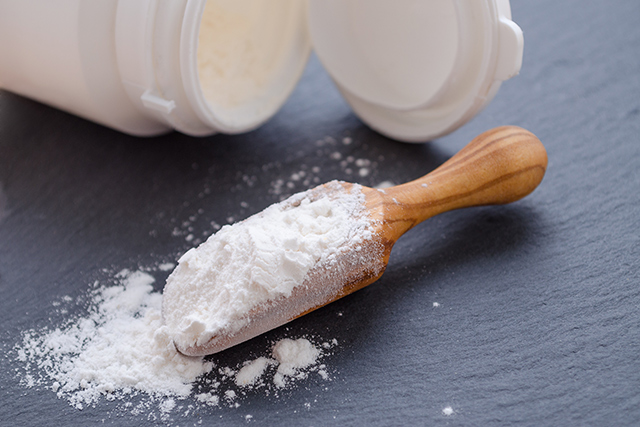Organic family farm ruined by herbicide drift: A case study (and warning for humanity)
02/20/2018 / By Isabelle Z.

Herbicide drift continues to plague millions of acres of American crops, and the experience of one Missouri organic family-run farm shows just how devastating this problem can be.
Vesterbrook Farm has been in Carol Brabo’s family for almost a century. Fed up with the prices of organic foods at stores like Whole Foods, she and her husband, Mike, decided to start working the farm in 2008 after he survived thyroid cancer.
Thankfully, it was easy to convert the farm to organic because nothing had been growing on it for the previous 15 years. The farm, which is situated an hour north of St. Louis in Clarksville, quickly began to thrive. On the 24 acres at their disposal, the Brabos planted more than 60 vegetables, including asparagus, tomatoes, peppers, cauliflower, kale, squash, broccoli, spinach, lettuce and beets. They also planted an orchard that boasts fruits like cherries, plums, peaches and apples.
The Brabos sell their crops to their 150-member-strong community-supported agriculture (CSA) program. They say that people in the area find it difficult to obtain organic food due to a general lack of organic farms in the area, which could explain why their sales were rising steadily by around 10 percent per year. Quite interestingly, some of the members of the CSA buying these organic fruits and vegetables work for Monsanto.
Last year, however, things took an ugly turn when wind blew herbicides that a conventional farmer on a neighboring property had sprayed on his soybean field. A devastated Mike reports that the damage caused by the herbicide drift was widespread, encompassing a 500-yard swath of property and hurting crops like potatoes, basil, fruit trees, and peppers – even ornamental trees. This was despite the Brabos posting signs that say “Organic Farm, No Spray” and registering with a communication tool called DriftWatch which uses mapping programs to help farmers and pesticide applicators avoid damaging specialty crops.
Long road to repairing damage
Tests showed that the herbicides that caused the damage were metolachlor, clethodim, and glufosinate. The issue caused their Certified Naturally Grown certification to be suspended, and the owners are facing an estimated $1.6 million in losses over three years and costs for remediation. They’ll be planting cover crops and replenishing their soil with mycorrhizal fungi and beneficial bacteria as part of their efforts to become organic once again.
Mike says the total loss incurred by his farm is $300,000, $12,000 of which is related to the death of half the farm’s bees. While they could technically start selling their vegetables as conventional, Mike is concerned they could sicken someone because of the herbicides. As a cancer survivor himself, he said that he does not want to inflict that type of damage on anyone else.
The Brabos are currently working with lawyers to reach a settlement with the other farmer’s insurance company, but in the meantime, they are out of business and without their income. The worst-case scenario Mike says, is that they will lose their family farm.
Unfortunately, this is becoming an all-too-familiar story across the nation. While this particular case doesn’t appear to involve Dicamba, this noxious chemical has been wreaking havoc on many farms given its high volatility and tendency to spread with the wind. Known as dicamba drift, the issue is causing farmers to lose huge percentages of their yields, and federal crop insurance won’t cover the damage because it’s not considered a natural disaster. Small family farms are feeling the biggest impact of this problem, and as the Vesterbrook Farm case illustrates, it can be very difficult, if not impossible, to bounce back after a spray drift incident.
Sources for this article include:
Tagged Under: agriculture, bees, CSA, Dicamba, dicamba drift, environment, farms, food deserts, herbicide, herbicide drift, herbicides, organic crops, organic farm, organic farms




















